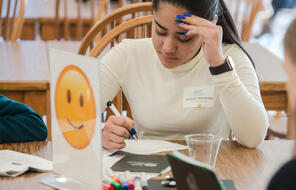Resource Library
Find compelling classroom resources, learn new teaching methods, meet standards, and make a difference in the lives of your students.
We are grateful to The Hammer Family Foundation for supporting the development of our on-demand learning and teaching resources.

Introducing Our US History Curriculum Collection
Draw from this flexible curriculum collection as you plan any middle or high school US history course. Featuring units, C3-style inquiries, and case studies, the collection will help you explore themes of democracy and freedom with your students throughout the year.
3286 Results
The Indian Act and the Indian Residential Schools
Learn the history behind the legislation and policies created by the Canadian government in the nineteenth century to dispossess and assimilate the Indigenous Peoples.
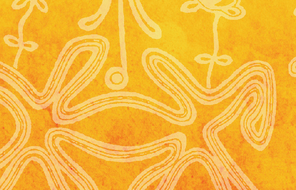
The Residential School Experience
Read firsthand accounts from survivors of their often profoundly painful and damaging experiences at residential schools.

Apologies
Learn about the apologies offered by the government and churches of Canada to the Indigenous Peoples, and consider the role of apologies in transitional justice.
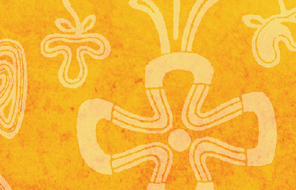
Truth and Reconciliation
Investigate the Truth and Reconciliation Commission of Canada and its role in helping individuals and the nation overcome the historical injustice and trauma of the Indian Residential Schools system.

History in Search of a Name
Examine the debate that led to a declaration describing the Canadian government's colonial policies toward Indigenous Peoples as “cultural genocide.”
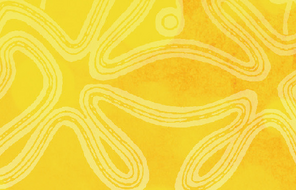
Civic Choices
Explore the efforts of leaders and activists advocating for indigenous rights and culture, including young people using their history and culture to build bridges toward others and the future.
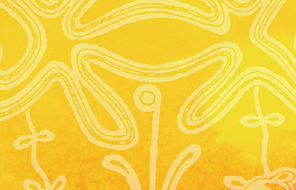
Our Names and Our Place in the World
Students consider what parts of our identities we choose for ourselves and what parts are chosen for us, as well as the impact our names can have on our identities.

Making Meaning of Community
Students explore the idea of “community” in order to identify its key aspects and deeper meaning.
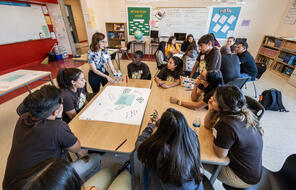
10 Questions for the Future: Student Action Project
Students create a plan for enacting change on an issue that they are most passionate about using the 10 Questions Framework.
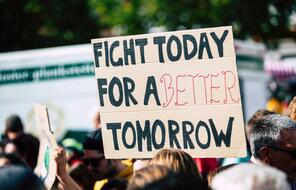
Emoji Emotions
Students use emojis to practice sharing what they are feeling while building empathy for their classmates.
